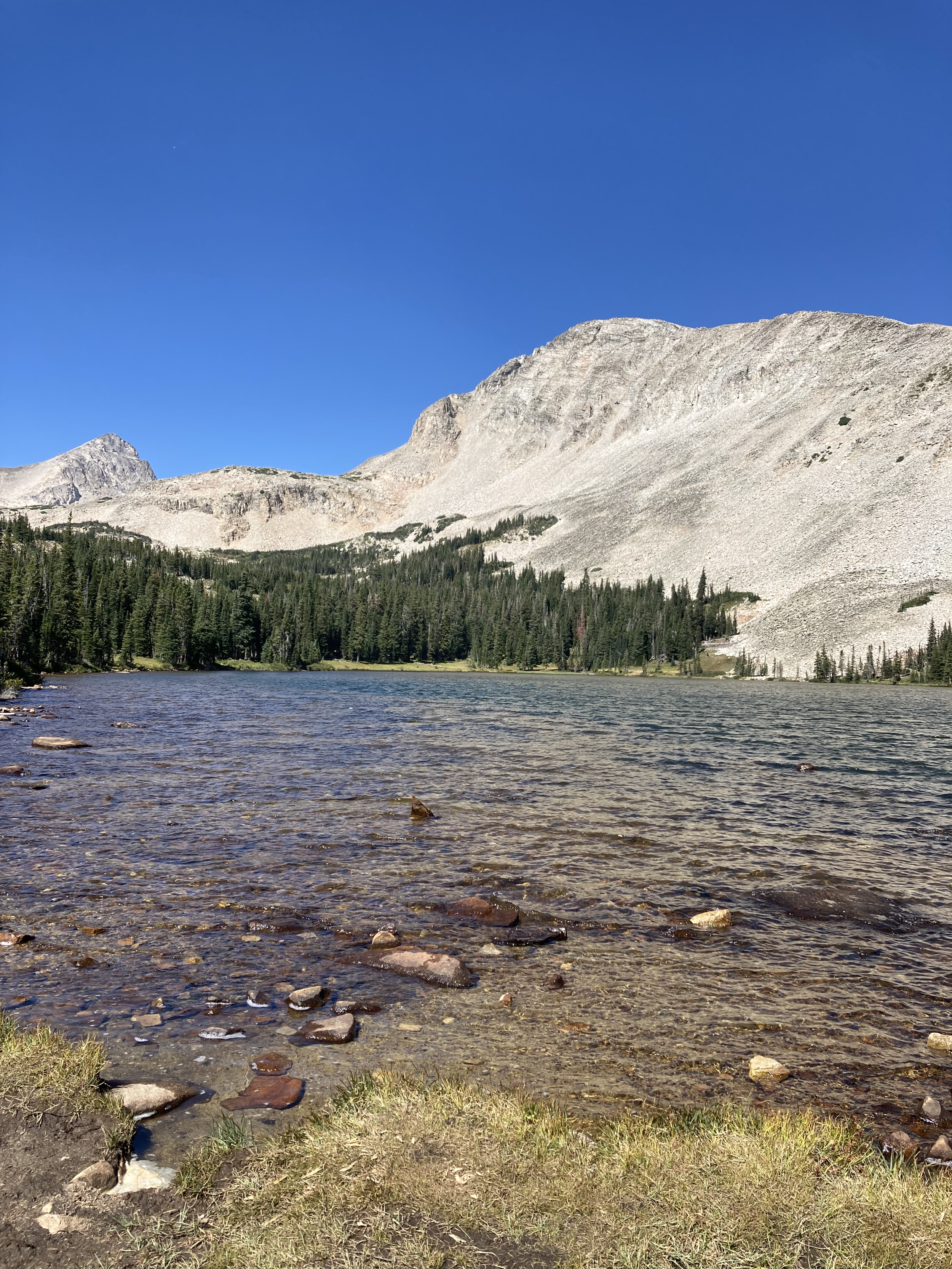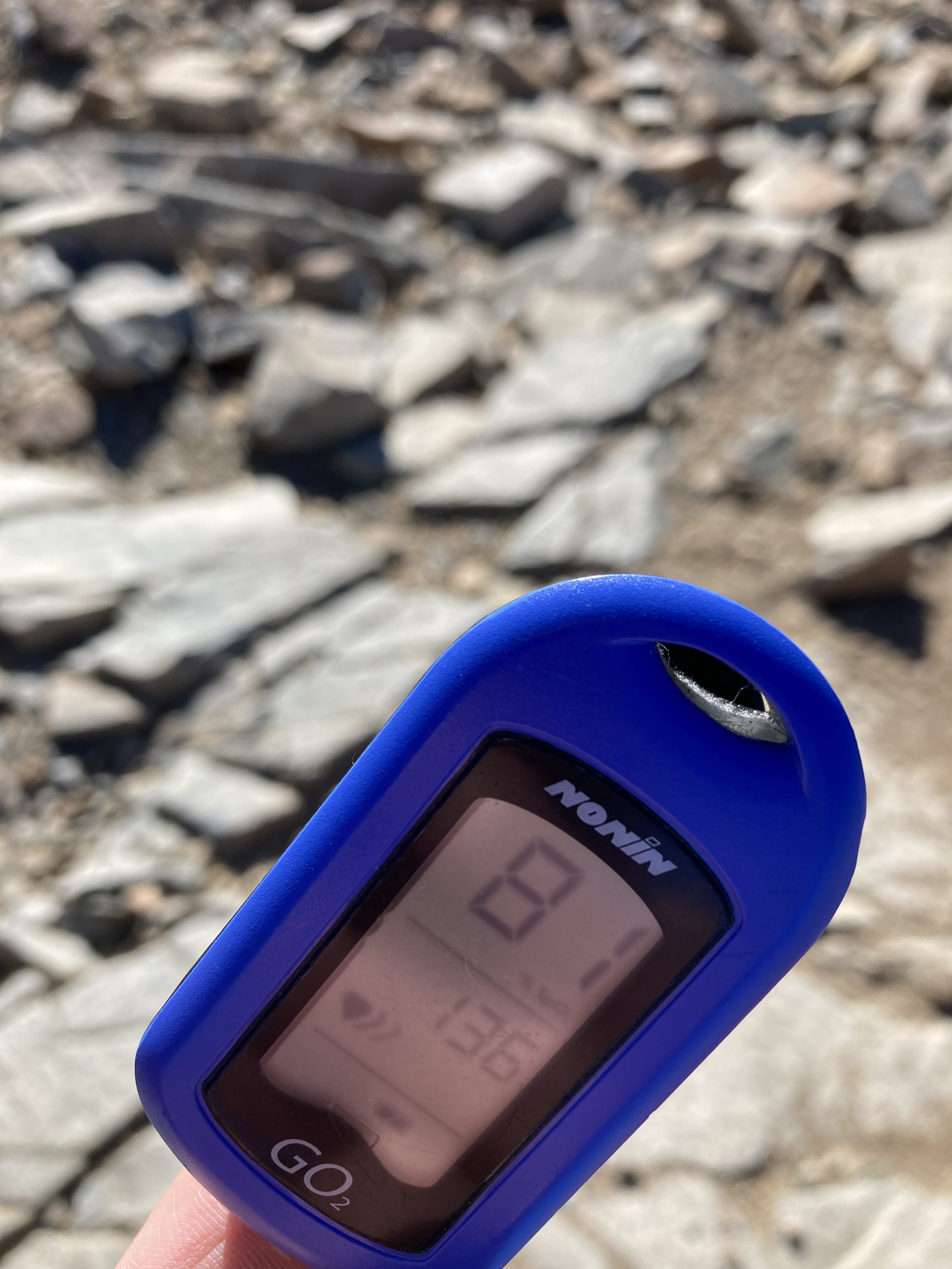Listen Instead of Reading
This week, you’re going to learn:
That Ujjayi and Ocean breathing are different,
How to breathe for inflammation, and
A story I listened and laughed at more times than I’m proud to admit…
I hope you enjoy it!
4 Thoughts
1. Ujjayi vs. Ocean Breathing (turns out they’re different)
“Ujjayi pranayama, which is performed by lightly tightening the glottis and breathing with a whispering sound and then exhaling out of either the left or right nostril, stimulates the vagus through massaging the larynx and downregulating the sympathetic nervous system. … Ocean breath is sometimes used synonymously with ujjayi, but the two are separate practices.”
- Eddie Stern, One Simple Thing
I thought Ujjayi and Ocean breathing were the same thing. So, I found this passage fascinating (especially that Ujjayi uses an exhale through one nostril). I messaged Eddie about it, and he kindly responded with even more value.
He added that, for Ocean breathing, “the sound is made not so much by the tightening of the glottis, but by creating a continuum of pressure from the high nasal cavity, through the throat, into the thorax.”
That means there are two key differences between Ujjayi and Ocean breathing:
Ujjayi: sound comes from the glottis, and the exhale is through only one nostril.
Ocean: sound comes from the nose to thorax, and the exhale is through both nostrils.
My favorite part about breathing is continuously learning that I have so much more to learn : ) Thanks, Eddie!
***
Related: Hatha Yoga Pradipika (#51-53)
Related: My Conversation with Eddie on All Things Breathing
Related Quote: “The surest way to prevent yourself from learning a topic is to believe you already know it.” - James Clear
2. Slow Breathing for Oxidative Stress and Inflammation
Diabetes and its associated blood sugar fluctuations lead to chronic oxidative stress and inflammation. What can slow deep breathing do?
JACM (2011): “Diaphragmatic breathing, likely through the activation of the parasympathetic nervous system…reduces reactive oxygen species production.”
Nature (2017): “…our results lead to the hypothesis that slow breathing may exert some antioxidant effect, possibly via parasympathetic stimulation.”
PLOS One (2013): “RR [relaxation response] practice…reduced expression of genes linked to inflammatory response and stress-related pathways.”
Taken together, these results suggest that slow breathing could be a simple and effective way to reduce oxidative stress and inflammation in diabetes.
But you don’t need diabetes to benefit. These two complications are present in many acute and chronic conditions, so the above results will help everyone.
3. “Why Your Breath is Connected to Your Well-Being”
“As deep breaths slow your heart rate, for example, your vagus nerve recognizes the cues of safety and sends that information to parts of the body so they can turn off their defenses, such as those that arise from a sense of anxiety or threat.”
This is an awesome little article on breathing and well-being, focusing mainly on the vagus nerve.
You will learn how vagal tone is connected with social situations, how compassion can increase respiratory sinus arrhythmia (a marker of vagal activity), and 4 simple ways to calm your whole body.
I hope you enjoy it as much as I did.
4. Why You Should Start Teaching “Brooklyn” Yoga
“One new meditator kept coming to interviews with a chronic lament: ‘The breath is so boring!’
Finally, I asked him if he'd ever heard of Brooklyn yoga? He said no. I told him to close his mouth tight and close off both nostrils with his fingers. We sat that way for some time until finally he let go of his nose and gasped for air.
‘Was that breath boring?’, I said.”
- Larry Rosenberg, Breath by Breath
I must have listened to this story about 10 times in a row and laughed more with each one. It brilliantly captures the importance of breathing—no science or technical jargon needed.
So if anyone tells you breathing is boring, doesn’t work, or is pseudo-science, teach them a little “Brooklyn” yoga—you might just change their mind : )
***
P.S. When I ran in and told my wife the story (yes, I was excited, lol), she didn’t get the “Brooklyn” part. Neither do I, but I think that’s the point : )
Related: Is Breathing Woo-Woo? (Thought #4)
1 Quote
“If one wants longevity, one should let the spirit and the breath pour into each other.”
–Tao Tsang
Translation from The Primordial Breath
1 Answer
Category: Vagus Nerve Function
Answer: Activation of the vagus nerve releases this chemical, which stimulates muscle contractions in the parasympathetic nervous system and slows the heart rate.
…
(Cue the Jeopardy! music.)
…
Question: What is acetylcholine?
In good breath,
Nick Heath, T1D, PhD
“Breathing is the compound interest of health & wellness.”
Sign Up For The Breathing 411
Each Monday, I curate and synthesize information from scientific journals, books, articles, and podcasts to share 4 thoughts, 1 quote, and 1 answer (like "Jeopardy!") related to breathing. It’s a fun way to learn something new each week.







